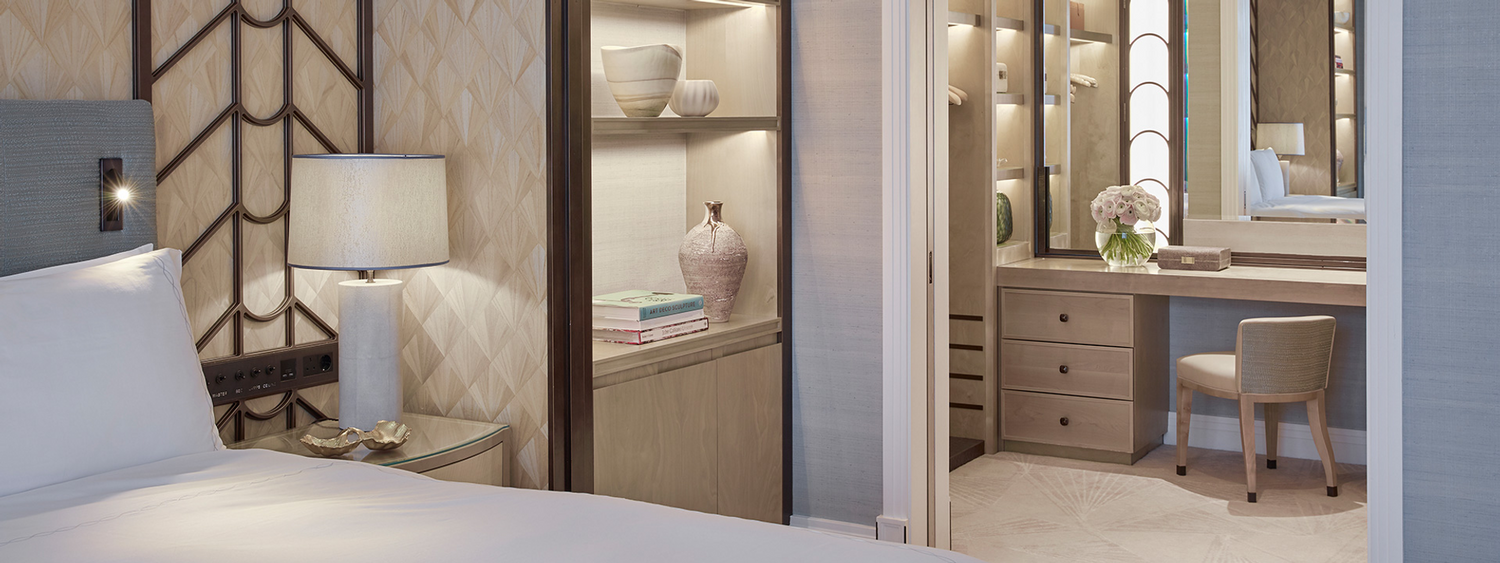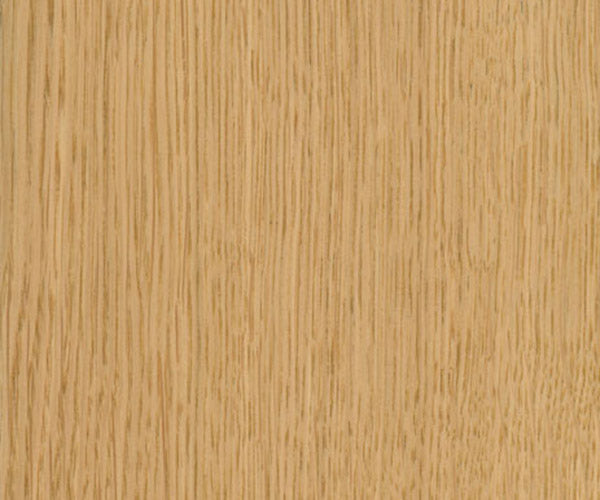Introduction: When it comes to interior design and architecture, understanding the characteristics of materials is essential for achieving the desired aesthetics and functionality. Light Reflectance Value (LRV) is a metric commonly used to assess the amount of light a surface reflects, aiding in colour selection and overall design decisions. However, when dealing with raw wood veneer, the concept of LRV becomes a bit more complex. In this blog post, we will delve into the reasons why LRV isn't typically provided for raw wood veneer and explore the factors that contribute to this absence of data.
-
Natural Variation in Wood: Raw wood veneer is derived from the natural growth of trees, resulting in a wide array of unique patterns, colours, and textures. These natural variations make it challenging to establish a consistent LRV value across different sheets of veneer. Unlike manufactured materials with uniform properties, such as paint or laminate, wood veneer's inherent diversity leads to an absence of standardization in LRV measurements.
-
Absence of Surface Treatment: LRV calculations often assume a certain level of surface treatment, which can significantly impact the reflection of light. Raw wood veneer lacks the consistent finishing found in other materials, like painted surfaces or coated materials. The absence of a standardized finishing process further complicates the determination of an accurate LRV value.
-
Impact of Stains and Finishes: The LRV of wood veneer can be influenced by the type of stain, finish, or treatment applied to the surface. As these additional elements can alter the way light interacts with the veneer, providing a single LRV value for raw wood veneer would not accurately represent the potential outcomes once different treatments are applied.
-
Grain Direction and Texture: Wood veneer exhibits unique grain patterns and textures that impact how light is absorbed and reflected. Depending on the angle and direction of the grain, the appearance of the veneer can change, making it difficult to pinpoint a definitive LRV value that suits all orientations.
-
Environmental Factors: The environment in which wood veneer is installed can also affect its appearance and perceived LRV. Natural and artificial lighting, room colours, and adjacent materials all interact with wood veneer, making it challenging to predict its light reflectance value with precision.
Conclusion: In the world of interior design and architecture, the quest for accurate data is essential for making informed decisions. However, raw wood veneer introduces a level of complexity that defies easy standardization, especially when it comes to providing a Light Reflectance Value (LRV). The natural diversity of wood, the absence of uniform surface treatments, the impact of stains and finishes, the uniqueness of grain direction, and the influence of environmental factors all contribute to the challenge of quantifying LRV for raw wood veneer. Therefore, while LRV is a valuable metric for many materials, it's important to recognize that in the case of raw wood veneer, other factors play a more significant role in determining its final appearance. When working with wood veneer, it's best to rely on physical samples, expert guidance, and a keen eye for design to achieve the desired outcome in your projects.





Leave a comment
All comments are moderated before being published.
This site is protected by hCaptcha and the hCaptcha Privacy Policy and Terms of Service apply.